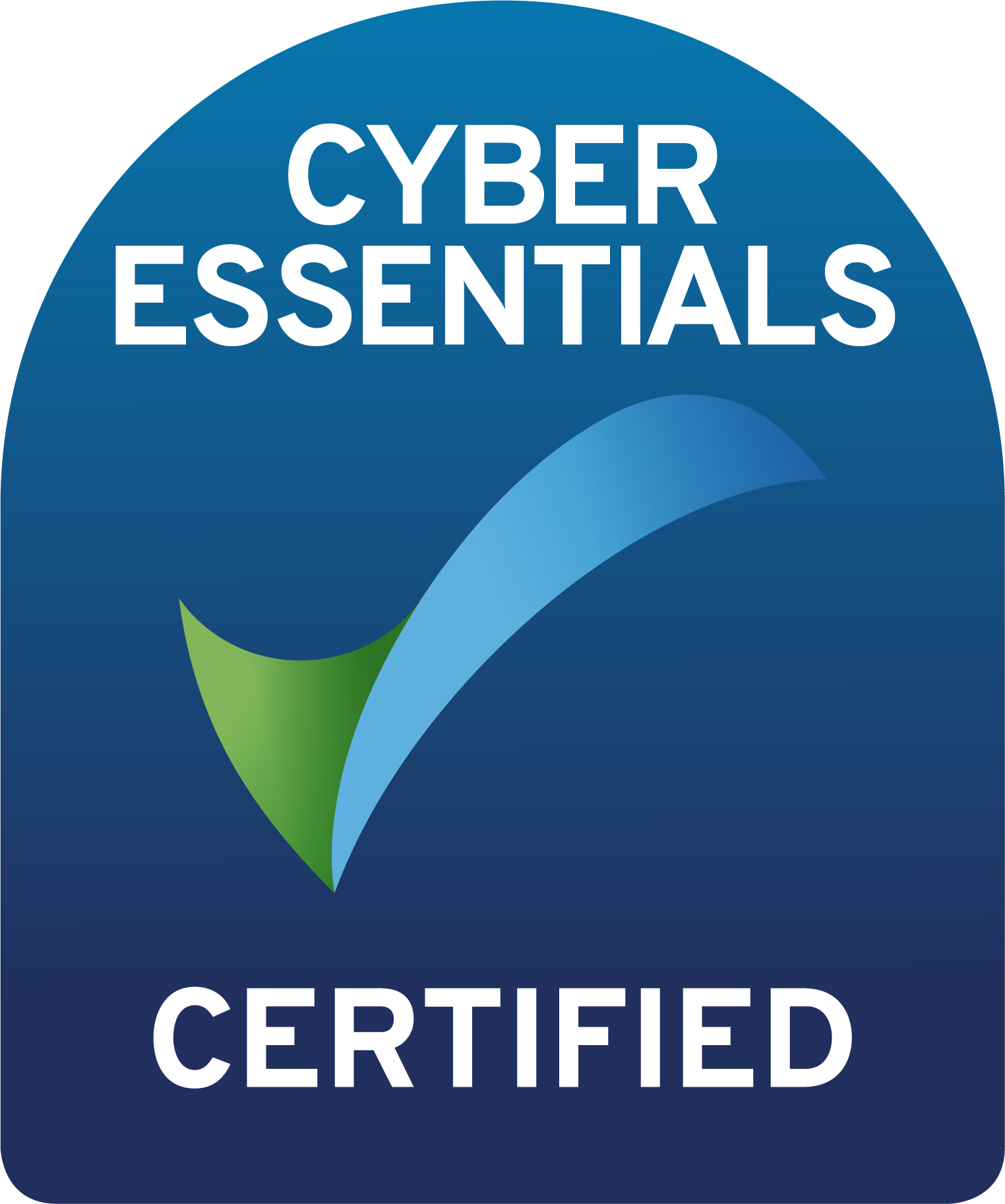As a parent, you might have heard of Incognito Mode or Private Browsing, a feature available in most web browsers like Chrome, Firefox, and Safari. While it seems like an easy way to surf the web without leaving a trail, it can be concerning when children use it to avoid parental oversight. In this guide, we’ll explore why children use Incognito Mode and the potential dangers it poses.
What Is Incognito Mode?
Incognito Mode is a setting on most web browsers that allows users to browse the internet without storing their browsing history, cookies, or other data. Once the session ends and the window is closed, it’s like the browsing activity never happened on that device.
Although it might seem like a “clean slate” for browsing, it doesn’t make the user completely anonymous online. Websites, internet service providers (ISPs), and other entities can still track browsing activity.
Why Do Children Use Incognito Mode?
Children use Incognito Mode for several reasons, some innocent and others more concerning. Here are a few common motivations:
- Privacy Concerns: Kids may use Incognito Mode to hide their search history. They might want to keep certain searches private, especially if they are looking up personal or sensitive topics (e.g., health, relationships).
- Avoiding Parental Monitoring: Knowing that their browsing history won’t be saved, children use Incognito Mode to explore websites or content they know parents wouldn’t approve of.
- Schoolwork and Research: Sometimes kids use Incognito Mode when researching for school projects or homework to avoid cluttering their search history.
- Multiple Accounts: Incognito Mode is useful for logging into different accounts on the same website without having to log out of another account, a feature some children might use for convenience.
- Avoiding Targeted Ads: Children may dislike being followed by targeted ads after visiting certain websites, so they use Incognito Mode to avoid them.
Dangers of Children Using Incognito Mode
While there are legitimate uses for Incognito Mode, it can also expose children to various risks. Here are some dangers parents should be aware of:
Exposure to Inappropriate Content
- No Filtering: Incognito Mode doesn’t block harmful content like parental control settings do. Without filters, children can access inappropriate websites without it being tracked in their history.
- Example: A child may use Incognito Mode to visit websites with inappropriate language, violence, or adult content that wouldn’t normally show up in a supervised browsing session.
Cyberbullying
- Anonymity: Incognito Mode provides children with a sense of anonymity, making it easier for them to engage in or fall victim to cyberbullying. Kids might feel emboldened to say hurtful things online, or they may use private browsing to hide from parental monitoring.
Online Predators
- Increased Risk of Predators: Children who use Incognito Mode can engage in chats or online forums without their activities being logged. This can make it easier for online predators to initiate conversations with them without parents knowing.
- Example: An online predator could communicate with your child, and you would be unaware since Incognito Mode keeps these interactions hidden.
No Parental Oversight
- Hidden Activity: When children use Incognito Mode, parents lose the ability to see their online behavior, including what websites they visit or what topics they search for. This lack of transparency makes it difficult for parents to step in and provide guidance if needed.
- Example: A child searching for mental health advice or sensitive topics like bullying might do so in Incognito Mode to avoid questions, preventing parents from offering support or guidance.
Identity Theft and Phishing Risks
- False Security: Incognito Mode doesn’t protect children from online threats like phishing attacks or identity theft. Children may believe they are safe, but hackers and malicious websites can still target them.
- Example: A child might visit a phishing site thinking Incognito Mode keeps them safe, but their personal information could still be stolen.
Increased Malware Exposure
- No Malware Protection: Just because browsing history isn’t saved doesn’t mean the child is safe from malware. Incognito Mode doesn’t provide any extra security against viruses or malicious software.
- Example: A child could download a harmful file from an untrusted website, putting the device and family’s information at risk.
How to Detect If Your Child Uses Incognito Mode
While Incognito Mode doesn’t save browsing history, there are signs parents can watch for:
- Unexplained Browser Behavior: If your child’s browser history looks unusually empty or if you notice suspicious gaps in their browsing, they might be using Incognito Mode.
- Saved Bookmarks or Downloads: Even in Incognito Mode, files downloaded or bookmarks created are saved on the device. Check their bookmarks or recently downloaded files for unfamiliar items.
- Frequent Account Logins: If your child often logs into different accounts or websites and you can’t track their activity, they may be using Incognito Mode to hide what they are doing.
How to Manage or Disable Incognito Mode
Use Parental Controls
- Many parental control apps allow parents to block the use of Incognito Mode or monitor what children do online, even when they are browsing privately. These controls can be helpful for keeping children safe online.
- Example: Google’s Family Link can restrict the use of Incognito Mode on Chromebooks or Android devices, making sure children’s activity is monitored.
Set Up Supervised Accounts
- On platforms like Google Chrome, parents can set up Supervised Accounts, which give them more control over their child’s online experience. This also prevents children from opening Incognito Mode.
Router-Level Controls
- Some routers allow parents to block Incognito Mode on devices connected to the home network. You can set up content filters or time restrictions to manage screen time and browsing behavior.
Talking to Your Child About Safe Browsing
Technology can’t replace open conversations. Here are some tips on how to discuss the use of Incognito Mode and online safety with your child:
- Discuss Online Privacy: Explain to your child the importance of being transparent about what they search for and why hiding their online activity could put them at risk.
- Encourage Questions: Make sure your child feels comfortable coming to you with sensitive questions, such as those about relationships, health, or emotional well-being. This might reduce their need to hide searches.
- Set Clear Expectations: Let your child know why certain websites or types of content are off-limits and how private browsing might not be as safe as they think.
Conclusion
While Incognito Mode can seem like a harmless way to browse the web privately, it can expose children to a range of risks, from inappropriate content to cyberbullying and online predators. By understanding why children use Incognito Mode and the dangers it presents, parents can take steps to monitor online activity and create a safer browsing environment for their kids. Combining technical solutions like parental controls with open communication is the best way to guide your child’s online behavior responsibly.









